Cet après midi nous sommes allés visiter la visiter la ville sainte. Dans la ville sainte on ne mange pas de viande, il y a plein de « mandir » (temples), et plein de « sadhus », et il y a le gange, la rivière sacrée. Les sadhus, ce sont des gens, un peu comme les SDF, qui vivent de charité, et qui passent leur temps à prier. Il y a 4 rivières sacrées (hier on s’était trompés, ce sont 4 rivières différentes, elles ne se rejoignent pas pour former le gange). Ganga (le gange) est la mère des rivières sacrées, la principale.
Il y a 2 ponts piétons pour passer de la ville sainte à la ville normale. Quand on a traversé, le pont bougeait. A un moment on a été bloqués par une grosse vache à bosse, qui s’était mise en travers. C’est un moine en tunique jaune qui a poussé la vache. Il y avait des motos et des scooters même si le pont est piéton. On a aussi vu des mules qui transportaient des sacs de ciment.
Christophe m’a expliqué qu’il y avait pleins de vendeurs: des bouteilles, des jouets en bois pour les enfants, des légumes, du jus de citron, du jus de canne a sucre (ils tournent une manivelle pour presser les cannes a sucre), même des CDs. On a aussi vu un homme qui jouit de la flute pendant que sa femme tapait sur des « tablas » (une sorte de tambour).
Dans la ville sainte il y a un mélange d’odeurs: de l’encens (beaucoup), de la bouse de vache, des cendres, du mais grillé (pour le pop corn), et par endroits, de l’urine.
La ville est très bruyante, mais ce n’est pas tout à fait le même bruit qu’a Delhi. On entend moins les klaxons, mais on entend plus les joueurs de musique, les plaintes des mendiants et le brouhaha de la foule.
On a effectué le trajet de la ville à l’hôtel en voiture. J’ai retrouvé le même chien que le matin après la barrière de l’hôtel. On est retournés au cyber café pour voir s’il y avait des « comments » mais il y avait des clopinettes (rien depuis le début d’après midi 🙂 ). J’adore vos commentaires. Et on a acheté un petit sac à dos bleu marine pour le trek dans l’himalaya, j’y mettrais une bouteille et un pull. On a négocié le prix pour l’acheter.
Ce soir nous avons mangé de la soupe à la tomate, succulente, et après du riz mélangé avec des petits bouts de légumes (le plat portait le nom de « pulao rice »). L’hôtel est végétarien, et le trek aussi, ça va être dur!
Et après on a fait le blog, mais c’était pas sur l’ordinateur, c’était sur un carnet avec un crayon et on le tapera sur l’ordinateur demain.
Shub ratri (Bonne nuit en Indien)
Kal me lingue (A demain)
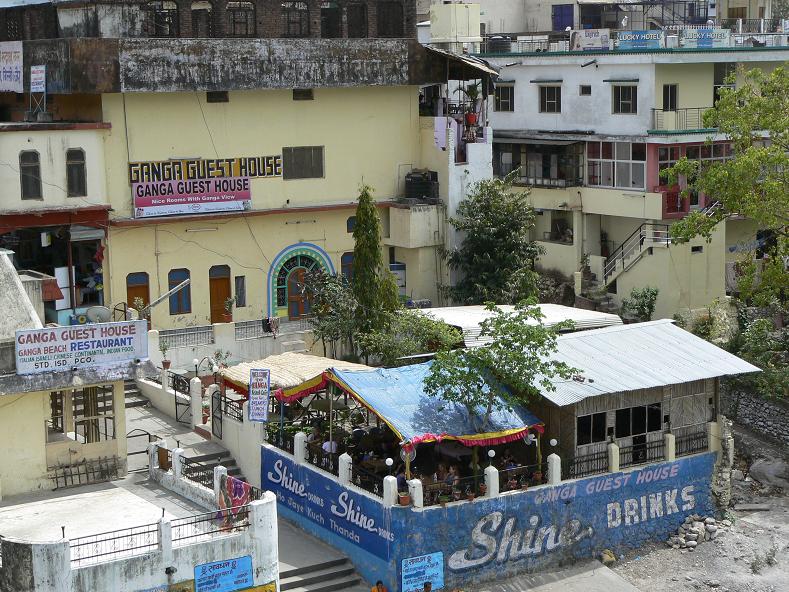
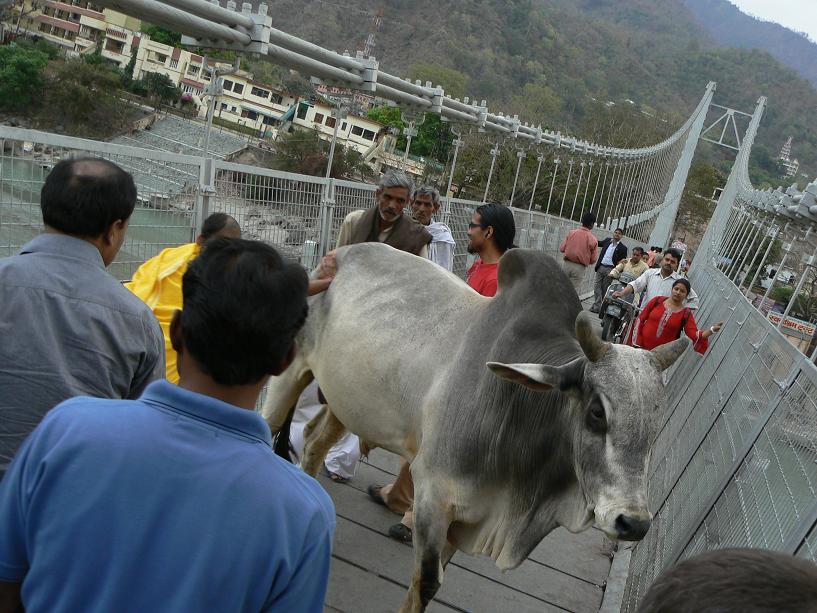
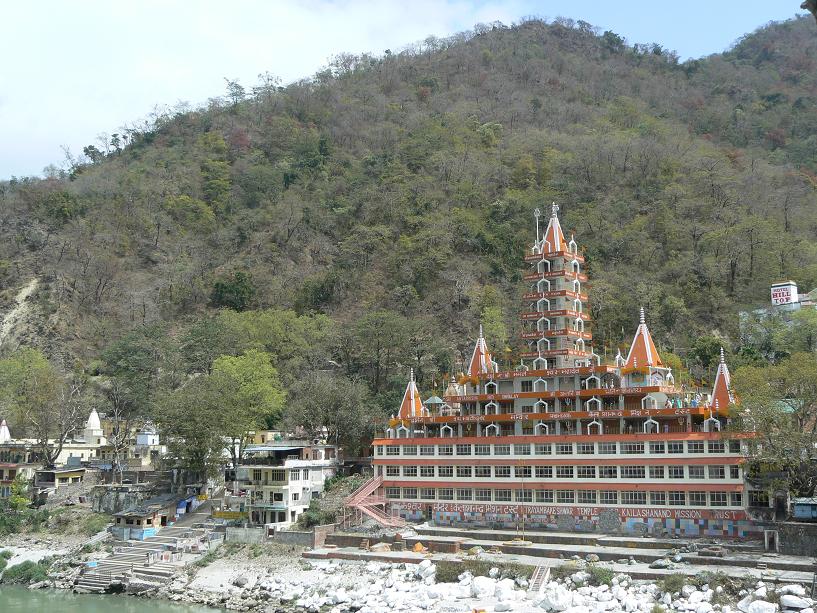
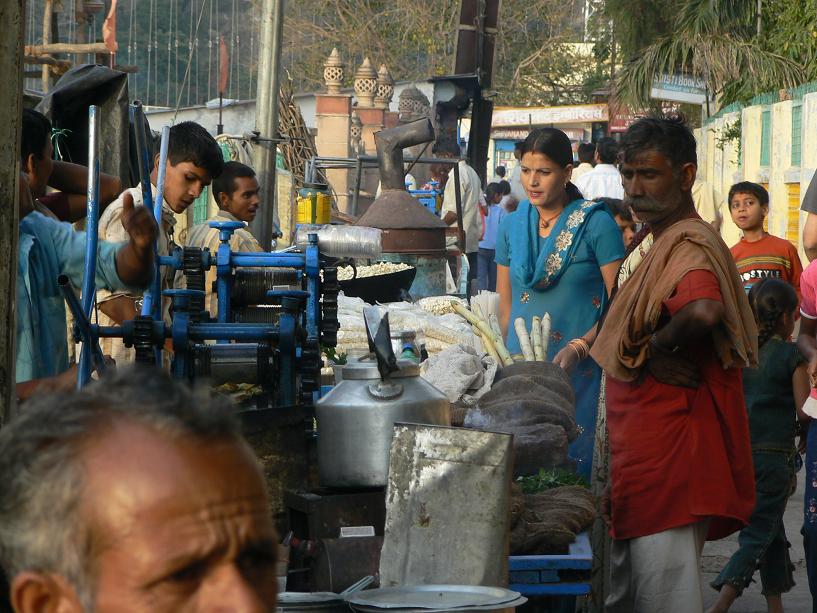
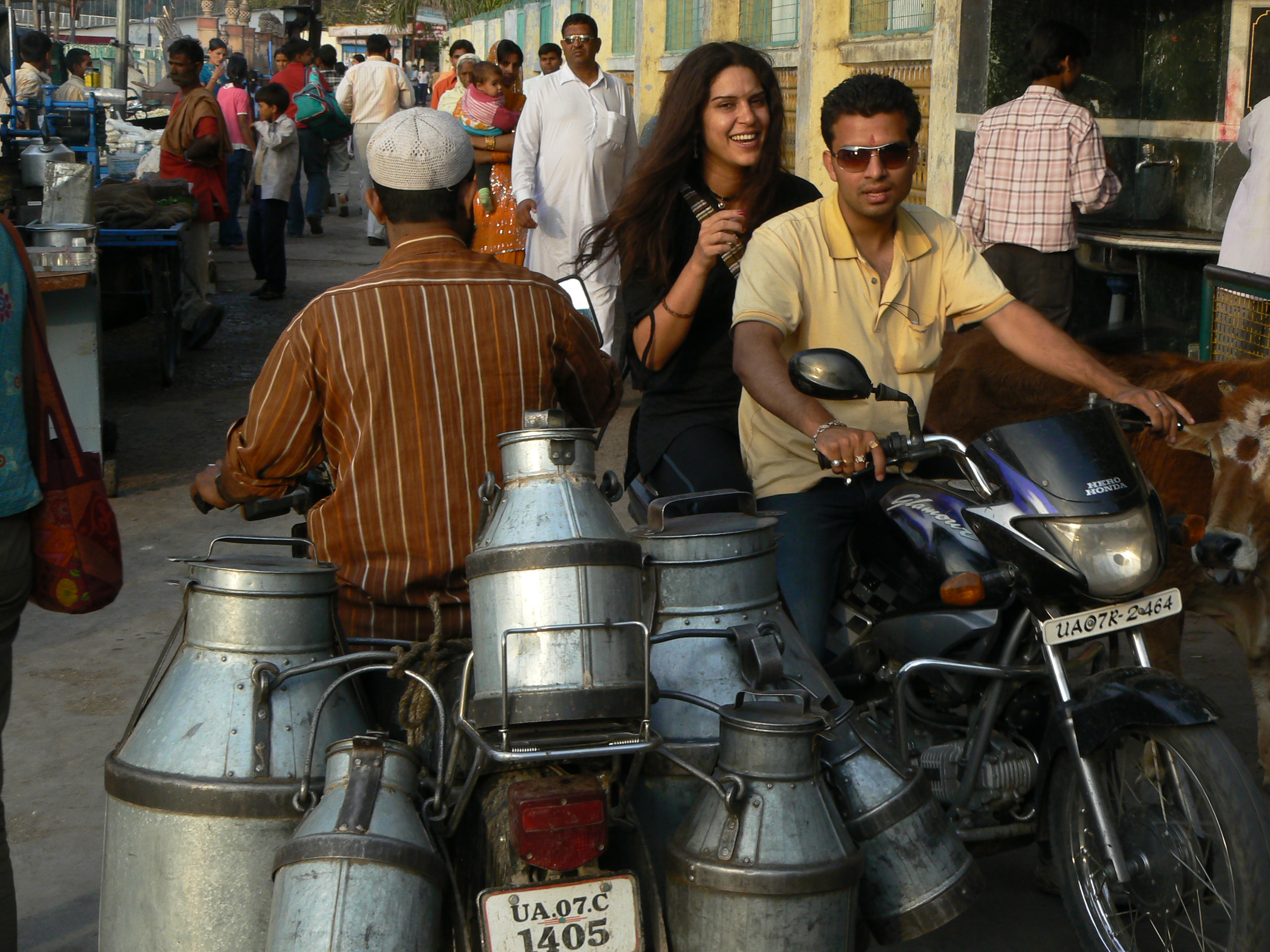

English translation
Visit to the Holy City
This afternoon we went to visit the Holy City. You don’t eat meat in the Holy City and there are lots of “mandir” (temples) and “sadhus” (ascetics or holy men). There’s the Ganga; the sacred river. The sadhus are people, a bit like the homeless, who live off charity and spend all their time praying. There are 4 sacred rivers (we made a mistake yesterday: there are 4 separate rivers; they don’t join up to form the Ganges). Ganga is the mother of all sacred rivers, the main one.
There are 2 overhead pedestrian bypasses to get from the Holy City to the main downtown. When we crossed over, the bridge wobbled. At one point we were jammed in by a huge humpback cow that got in the way. A monk in a yellow tunic prodded it on. Even though it was a pedestrian bridge, there were motorbikes and scooters on it. We saw some mules carrying bags of cement too.
Christophe explained to me that there were loads of people selling all kinds of things: bottles, wooden toys for kids, vegetables, lemon juice, sugar cane juice (they crank a handle to press out the juice), even CDs. We also saw a man playing the flute while his wife played on some “tablas” (a sort of drum).
There’s a mixture of smells in the Holy City: incense (a lot of it), cow pats, ashes, grilled corn (for popcorn) and, in some places, urine.
The town’s very noisy but it’s not quite the same noise as Delhi. You don’t hear car horns honking as much but you hear more musicians, the pleading of beggars and the hubbub of the crowds.
We came back from the town to the hotel in a taxi. The same dog from this morning was there, right behind the hotel gates. We went back to the Internet café to see if someone had left a comment but there were just peanuts – nothing since early afternoon 🙂 . I love your comments. And we bought a little blue marine backpack for the trek in the Himalayas. I’m going to put a water bottle and a sweater in it. We haggled over the price when buying it.
Tonight we ate tomato soup, totally succulent, and after that some rice mixed with small pieces of vegetables (a dish called “pulao rice”). The hotel is vegetarian, the trek too. It’s gonna be hard!
Afterwards we did this blog, not on a computer – but using a notebook and a pencil – and we’ll type it up on the computer tomorrow.
Shub ratri (Good night in Indian)
Kal me lingue (’til tomorrow)







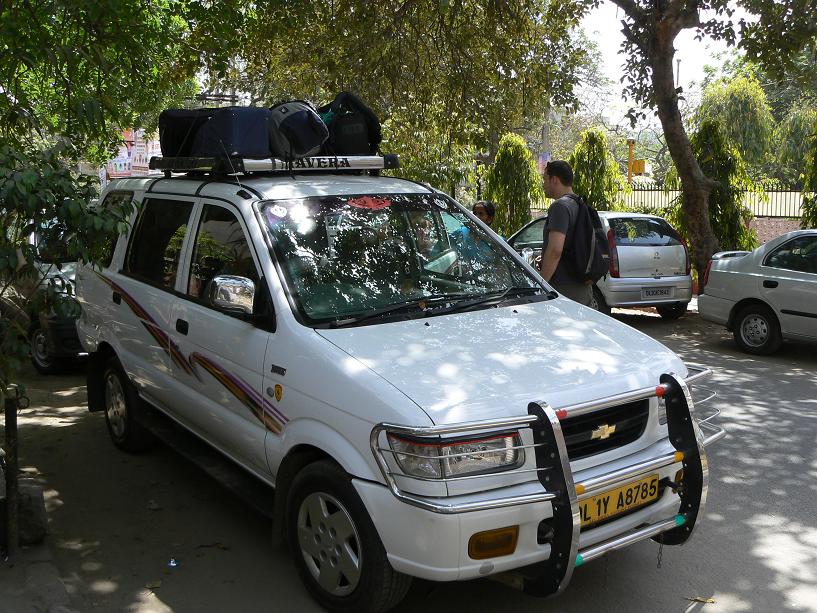
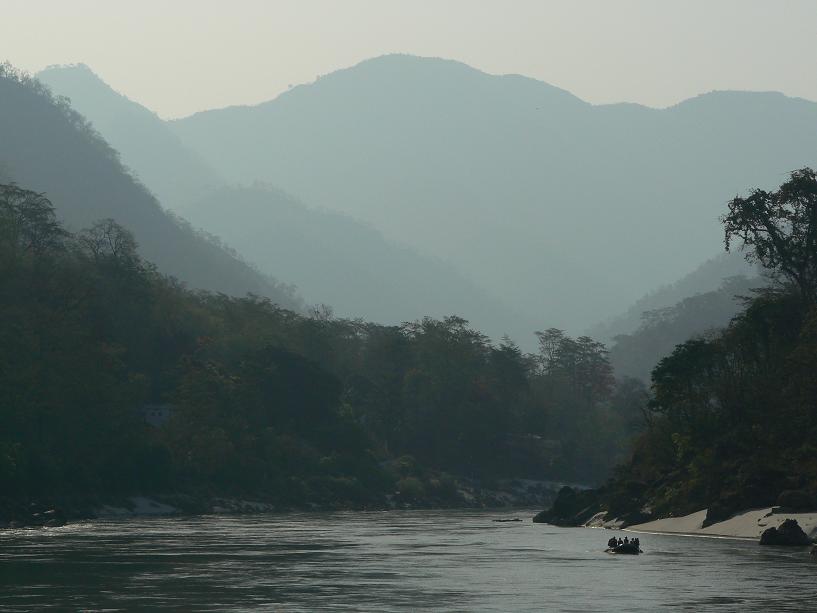
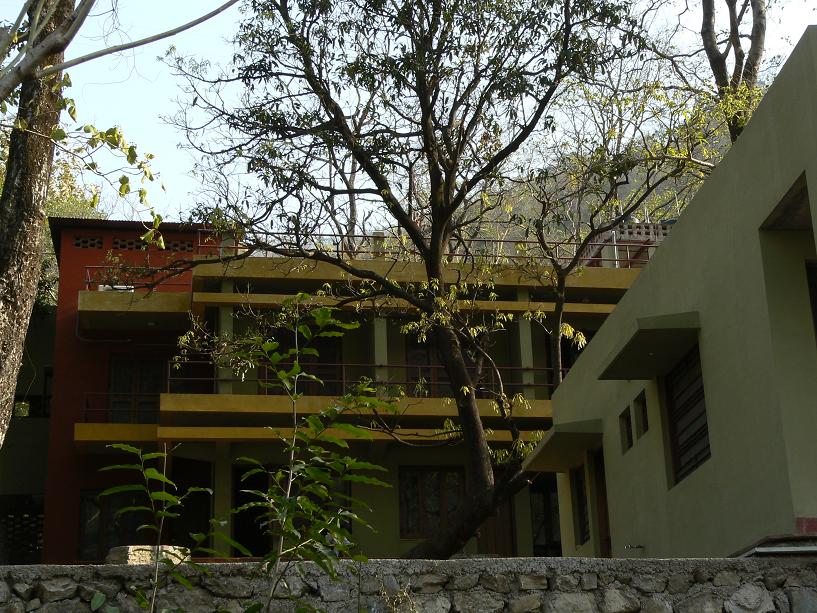
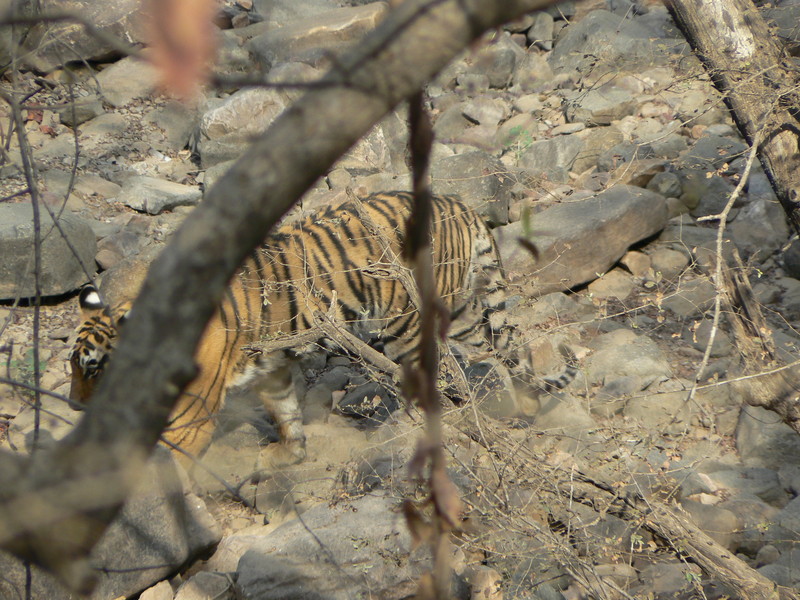

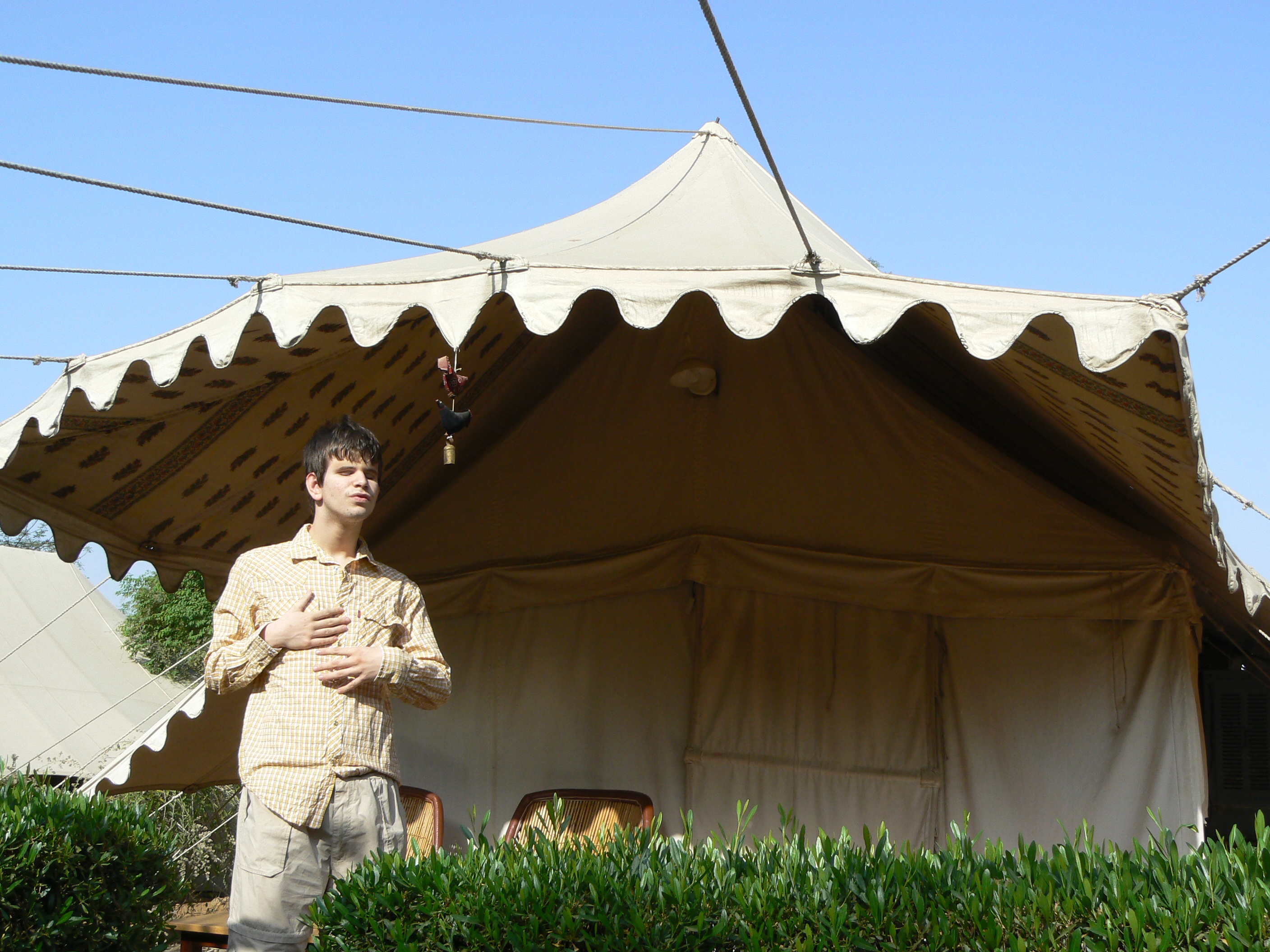

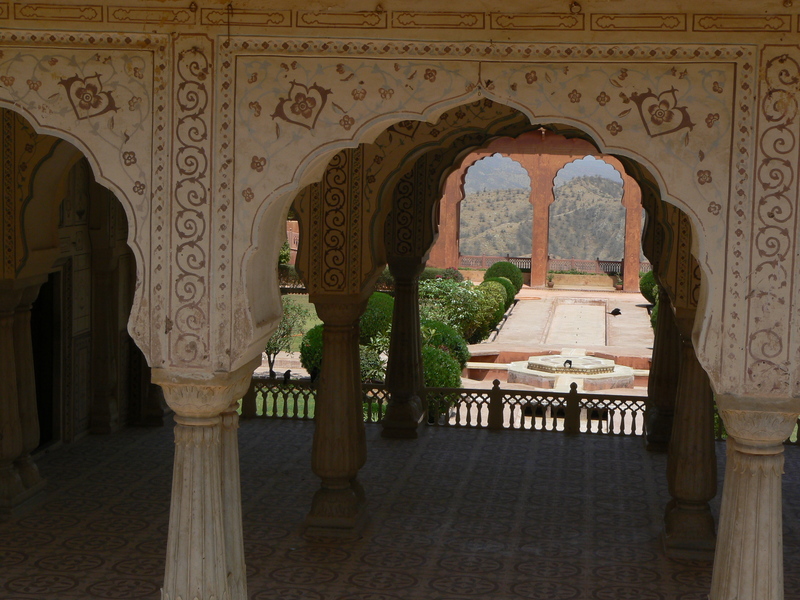


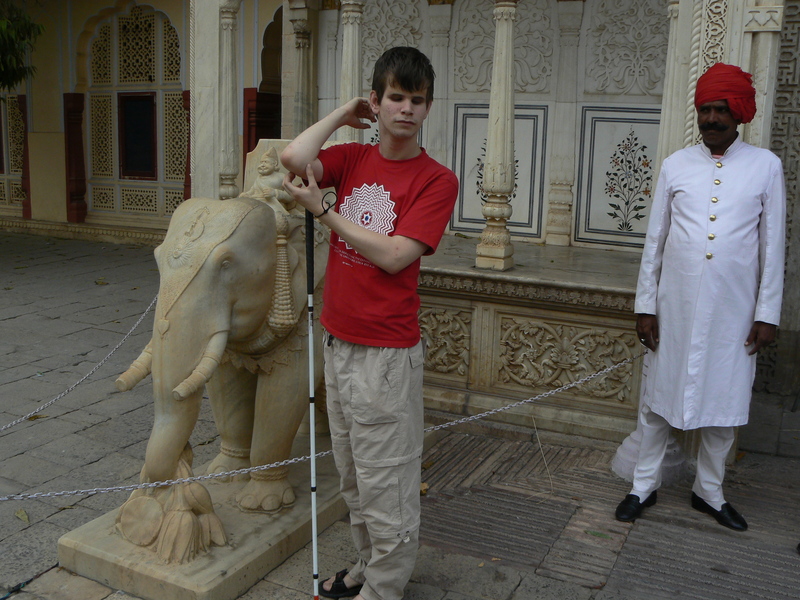
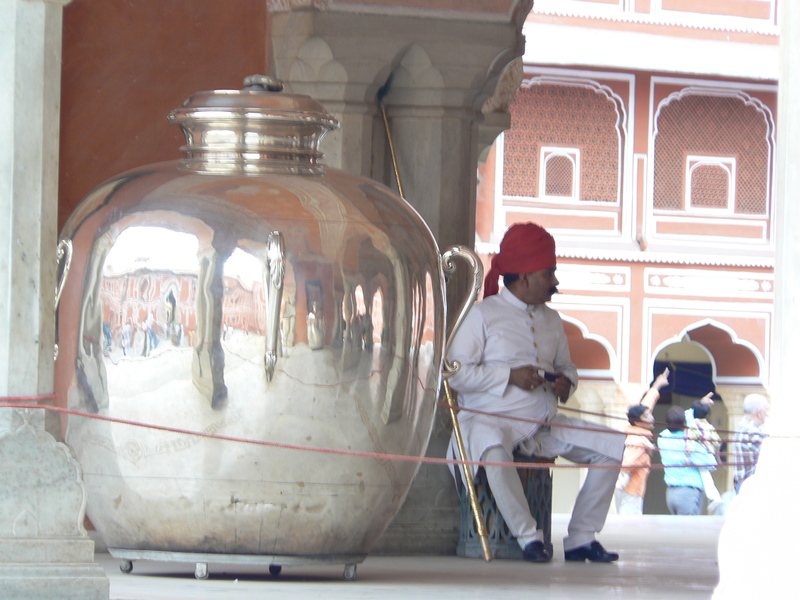
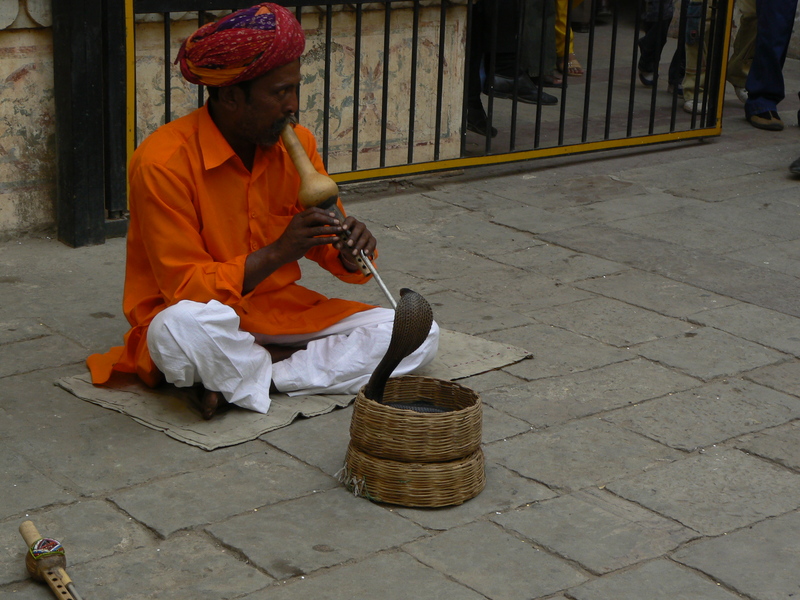
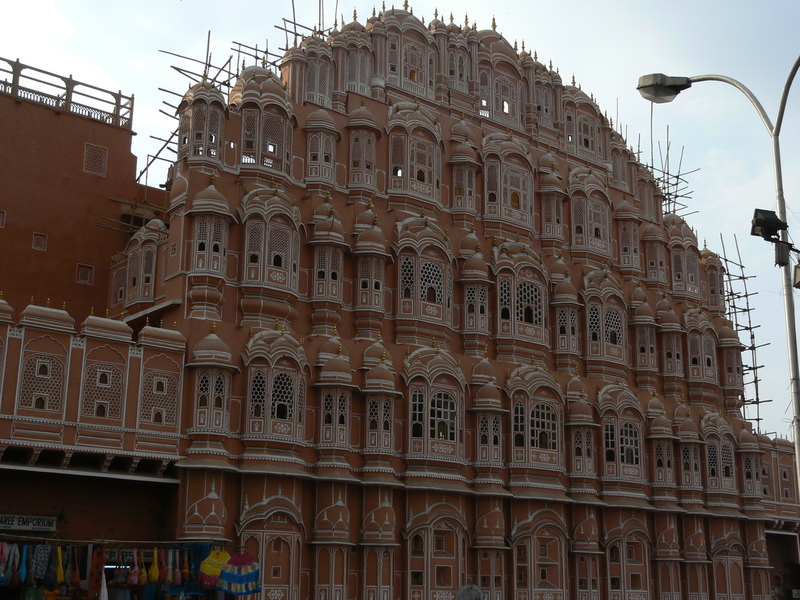
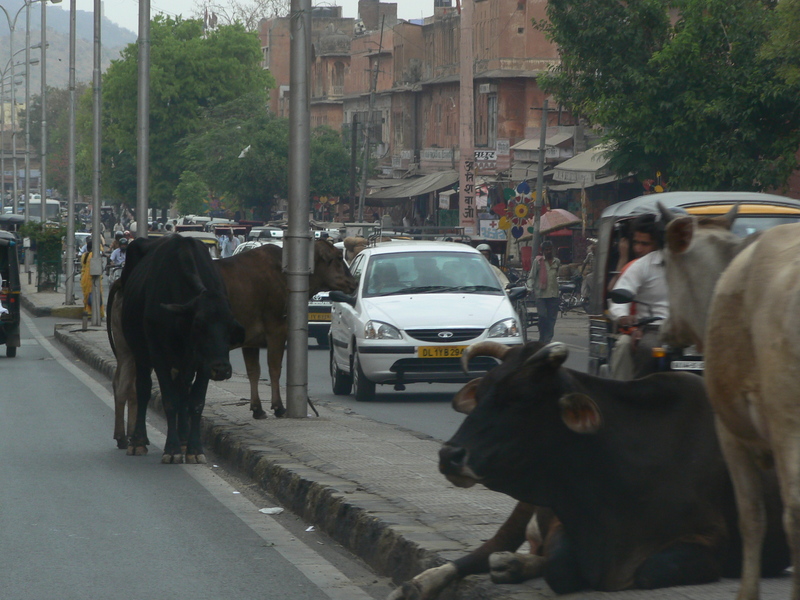
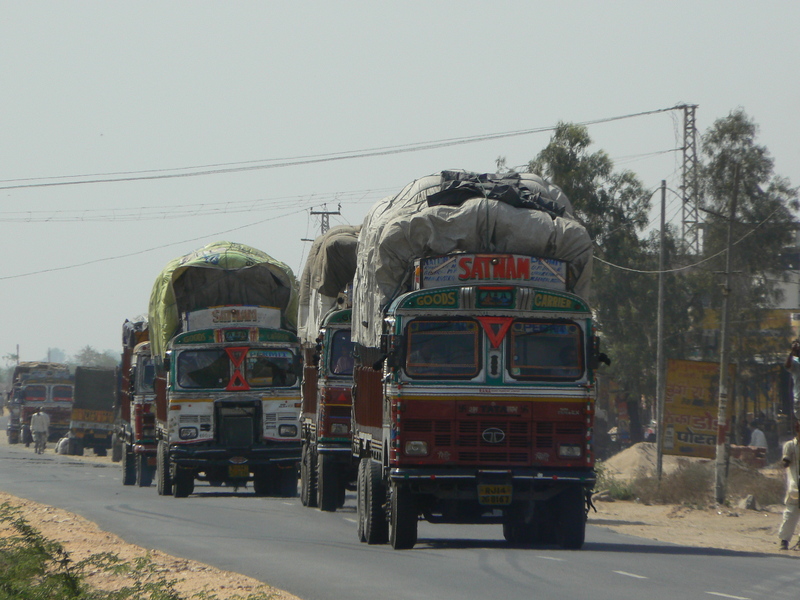
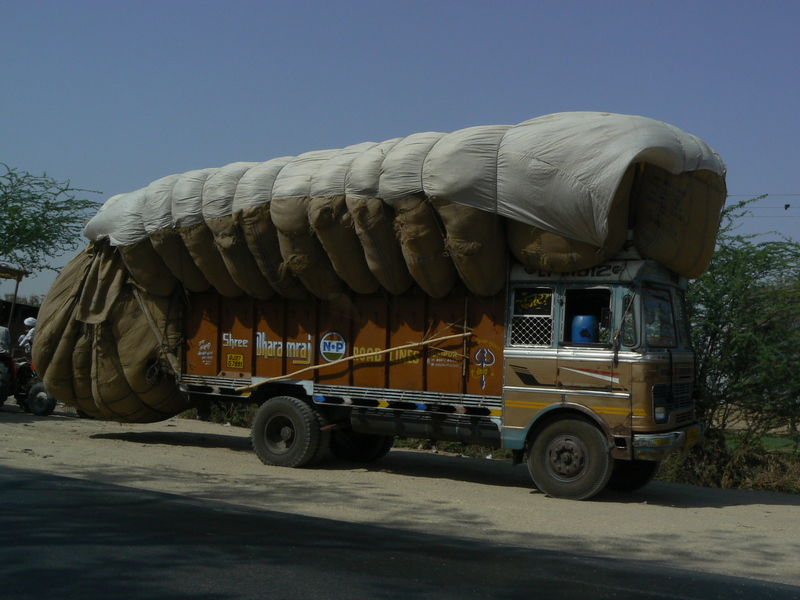

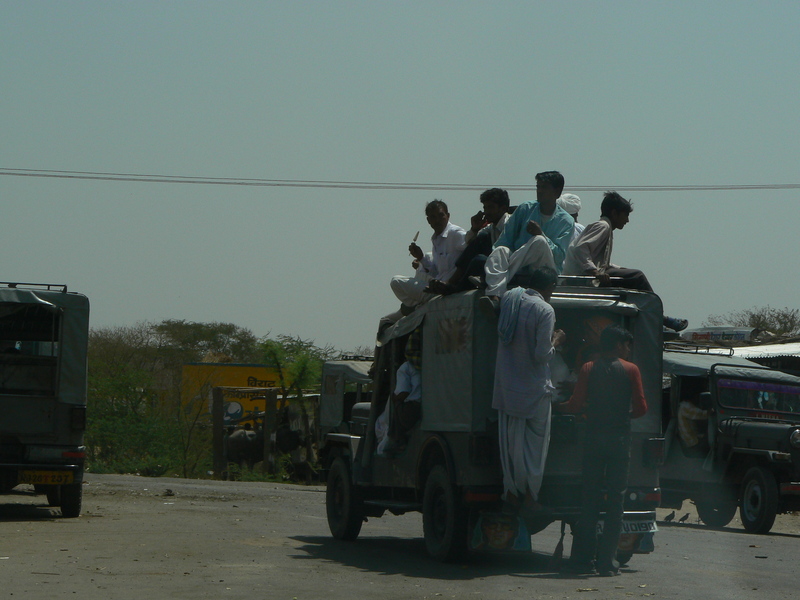

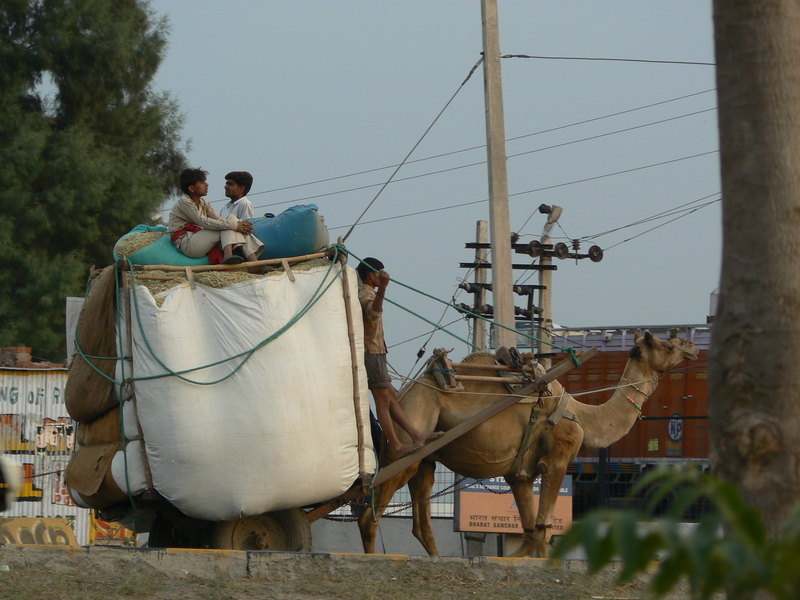
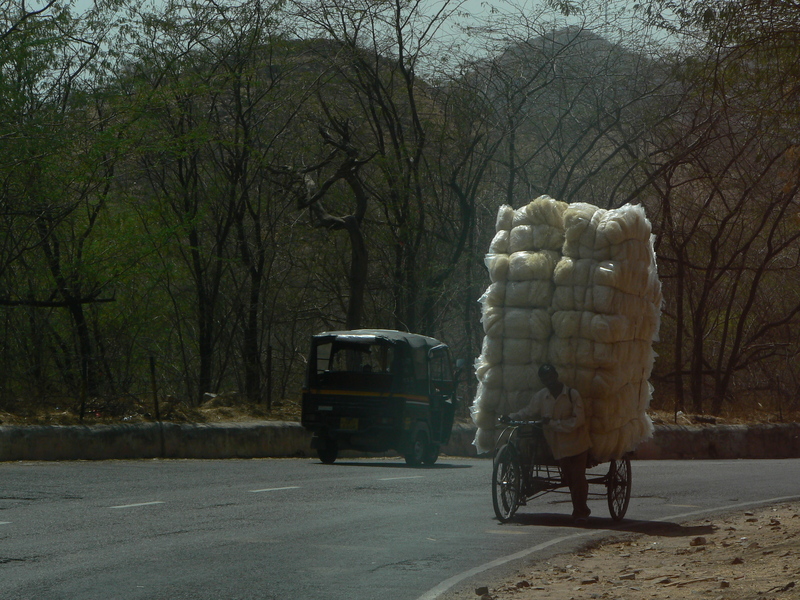
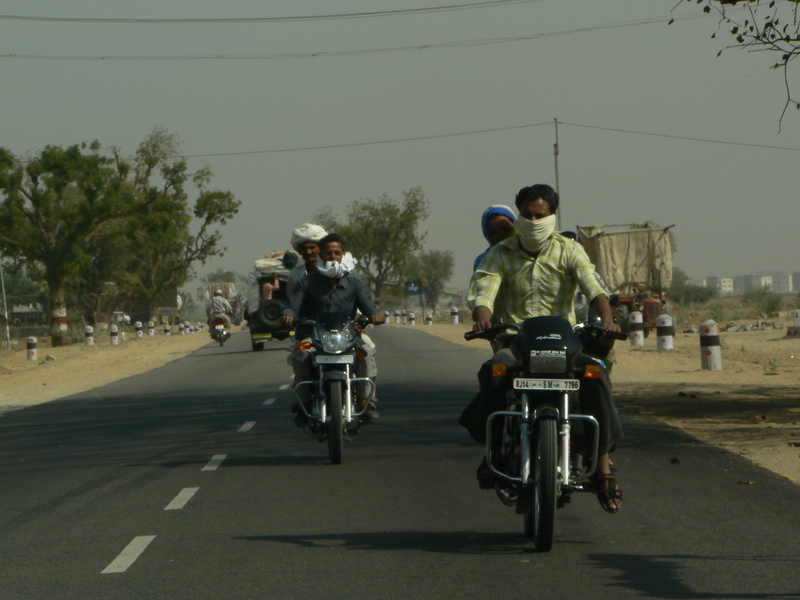

Commentaires récents